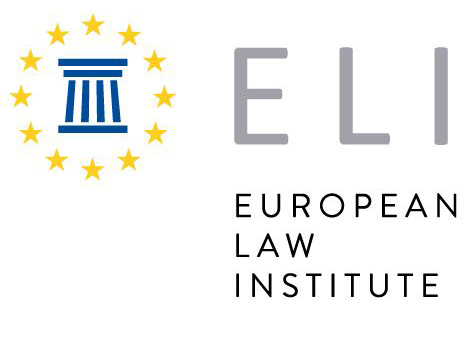The 2012 General Assembly
The 2012 ELI Annual Conference and the General Assembly, held in Brussels, Belgium, brought together close to 150 legal professionals and academics from across Europe and beyond for a weekend of fruitful exchanges and reflection on the young Institute’s accomplishments over the past year.
Just a year after its inception and with two completed projects under its belt, ELI has already been recognised as an important interlocutor in the European legislative arena. ELI President Sir Francis Jacobs was very pleased with the feedback received from the Conference attendees.
‘It was excellent to have such a high degree of interest in the work of the European Law Institute, whose first projects have received an extremely positive and enthusiastic reaction. The Institute has already proved its worth by the high quality of its work, and by the high quality of those who are contributing to that work. Many of our Members have passed to me their congratulations on an extremely successful event, and a highly promising start to the life of the ELI,’ he said.
At the Project Conference on 28 September 2012, attendees had an opportunity to learn more about the Institute’s completed projects, the ELI Statement on the Proposal for a Regulation on a Common European Sales Law (CESL) and the ELI Statement on the Case Overload at the European Court of Human Rights (ECHR). Both projects have had and continue to have significant impact on the debates surrounding the issues at hand. Shortly before the Conference, the CESL working group had the second full day discussion of the ELI Statement with experts from the Cabinet of EU Justice Commissioner Viviane Reding and the Directorate General for Justice in Brussels. Workshops with the European Parliament will follow in October and November.
The ELI Conference opened with a keynote from former MEP Diana Wallis. Wallis said:
'The EU lawmaking process can have a propensity to resemble a multi-directional tug-of-war; between lobbyists and MEPs and national Ministers, European Parliament committees and political families and then finally between the EU institutions, Parliament, Council and Commission and to which mix post Lisbon Treaty one can also add national parliaments! This at times almost 'sportive' art form could certainly benefit from more legislative science and whilst internal impact assessments and health checks are helpful some external assistance from an organisation like the European Law Institute would not go amiss.'
The topics of potential future projects of the Institute were presented later in the day with presentations followed by lively question and answer sessions that showcased tremendous interest amongst attendees – themselves representatives of diverse branches of law – in contributing to the Institute’s activities.
At the General Assembly on 29 September, important decisions were made, inter alia, regarding the creation of national communication hubs that would facilitate and widen ELI’s outreach to prospective members and institutions as well increase the Institute’s visibility.
Then President of the Court of Justice of the European Union Vassilios Skouris lent a concluding note to the successful event.
